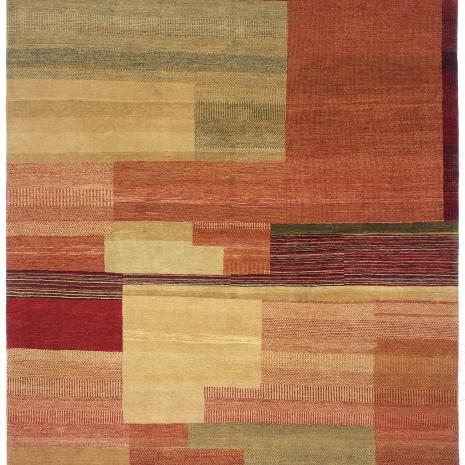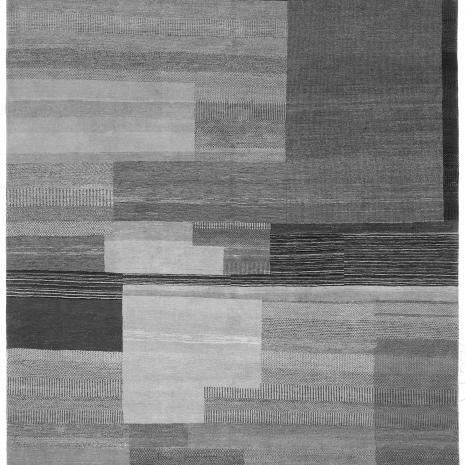Pages
 Design num:
MH425E
Country:
India
Dom. color:
Grey
Style:
Transitional, Contemporary
Weave:
Mahal
Sec. colors:
--
MH425E
|
 Design num:
MH426D
Country:
India
Dom. color:
Green
Style:
Traditional
Weave:
Mahal
Sec. colors:
Ivory, Beige
MH426D |
 Design num:
MH427
Country:
India
Dom. color:
Grey
Style:
Traditional, Transitional
Weave:
Mahal
Sec. colors:
Gold, Rust, Brown
MH427
|
 Design num:
MH428
Country:
India
Dom. color:
Khaki
Style:
Traditional, Transitional
Weave:
Mahal
Sec. colors:
Brown
MH428
|
 Design num:
MH429A
Country:
India
Dom. color:
Red
Style:
Contemporary
Weave:
Mahal
Sec. colors:
--
MH429A
|
 Design num:
MH429B
Country:
India
Dom. color:
Grey
Style:
Contemporary
Weave:
Mahal
Sec. colors:
--
MH429B
|
 Design num:
MH42D
Country:
India
Dom. color:
Ivory
Style:
Traditional
Weave:
Mahal
Sec. colors:
Blue
MH42D |
 Design num:
MH42E
Country:
India
Dom. color:
Blue
Style:
Traditional
Weave:
Mahal
Sec. colors:
Blue, Ivory
MH42E |
 Design num:
MH430
Country:
India
Dom. color:
Grey
Style:
Traditional, Transitional
Weave:
Mahal
Sec. colors:
--
MH430
|
 Design num:
MH433
Name:
Medallion Khotan
Country:
India
Dom. color:
Gold
Style:
Traditional
Weave:
Mahal
Sec. colors:
--
MH433 |
 Design num:
MH434A
Name:
Floral Khotan
Country:
India
Dom. color:
Pink
Style:
Traditional, Transitional
Weave:
Mahal
Sec. colors:
--
MH434A |
 Design num:
MH435A
Country:
India
Dom. color:
Turquoise
Style:
Contemporary
Weave:
Mahal
Sec. colors:
Grey, Ivory
MH435A |














